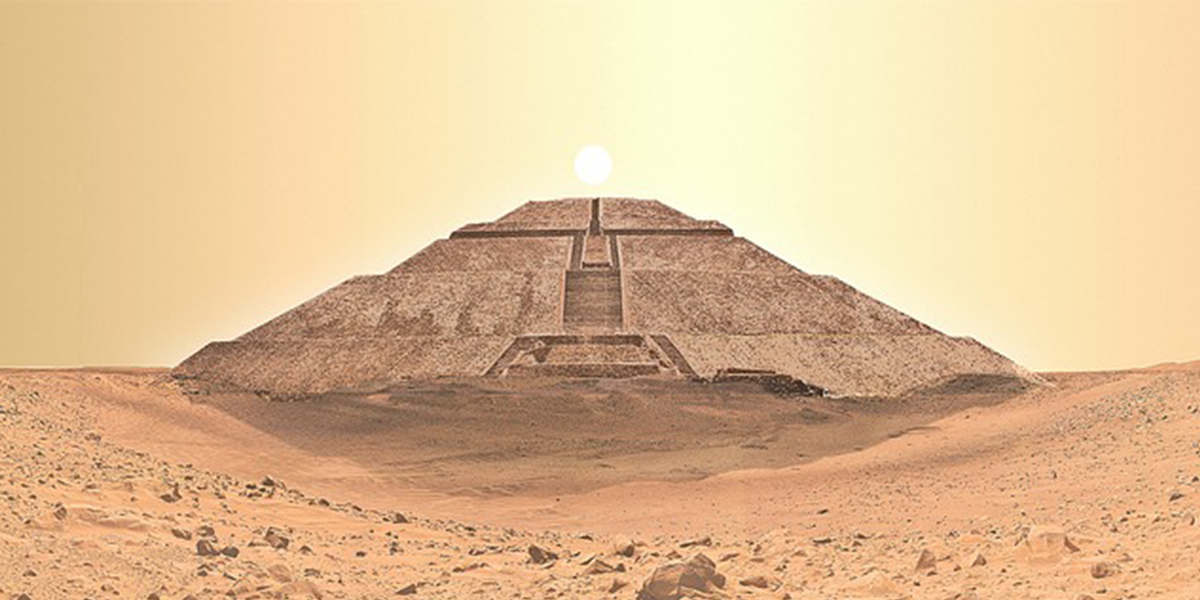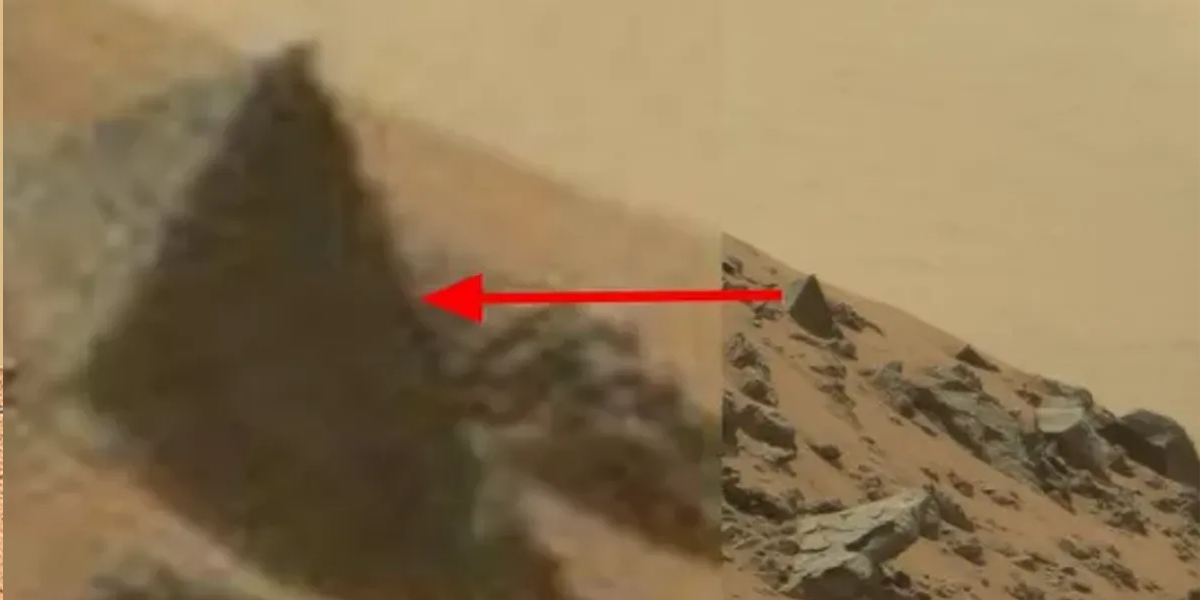In the vast reaches of the solar system, Mars has long been a subject of fascination and speculation. From its barren landscapes to the possibility of past or present life, the Red Planet continues to captivate the imagination of scientists and space enthusiasts alike. Among the myriad mysteries that have emerged from our exploration of Mars are the enigmatic formations known as the “pyramids on Mars.”

Discovered in the late 20th century through satellite imagery and subsequent missions, these pyramid-like structures have ignited intense debate and speculation about their origin, purpose, and significance. While some researchers dismiss them as natural rock formations shaped by erosion and geological processes, others argue that they bear striking resemblance to the pyramids of ancient Egypt, suggesting the presence of intelligent design.
The Case for Artificiality
Proponents of the artificiality hypothesis point to various features of the Martian pyramids that they believe support their claims. These include the symmetry and alignment of the structures, which appear to exhibit geometric precision not typically found in natural formations. Additionally, some argue that the sheer scale and complexity of the pyramids suggest deliberate construction rather than random geological processes.

Furthermore, enthusiasts have drawn parallels between the Martian pyramids and their counterparts on Earth, noting similarities in size, shape, and orientation. They speculate that these structures may have served a similar purpose as the pyramids of Egypt, such as ceremonial or religious significance, or even as markers for extraterrestrial visitors.
The Skeptical View
Despite the intrigue surrounding the pyramids on Mars, the prevailing scientific consensus remains skeptical of claims of artificiality. Geologists and planetary scientists point to natural processes such as erosion, faulting, and sedimentary deposition as plausible explanations for the pyramid-like features observed on the Martian surface.
Moreover, high-resolution images captured by spacecraft like NASA’s Mars Reconnaissance Orbiter have revealed detailed geological formations that provide alternative explanations for the appearance of the pyramids. These include mesas, buttes, and other erosional remnants sculpted by wind and water over millions of years.
The Quest for Answers
As our exploration of Mars continues, efforts to unravel the mystery of the pyramids persist. Future missions, including NASA’s Perseverance rover and the European Space Agency’s ExoMars program, aim to explore regions of Mars where these structures are located, gathering data that may shed light on their origin and composition.
In the meantime, the pyramids on Mars serve as a reminder of the inherent human desire to seek meaning and understanding in the unknown. Whether they are the product of ancient civilizations, natural processes, or something yet to be discovered, they stand as enduring symbols of our curiosity and imagination as we continue to explore the wonders of the cosmos.



